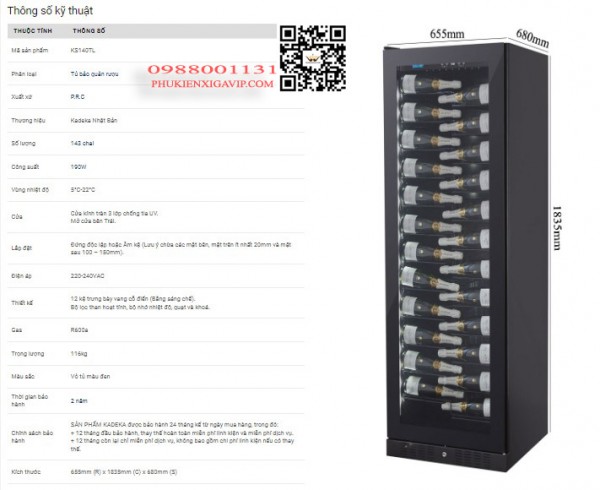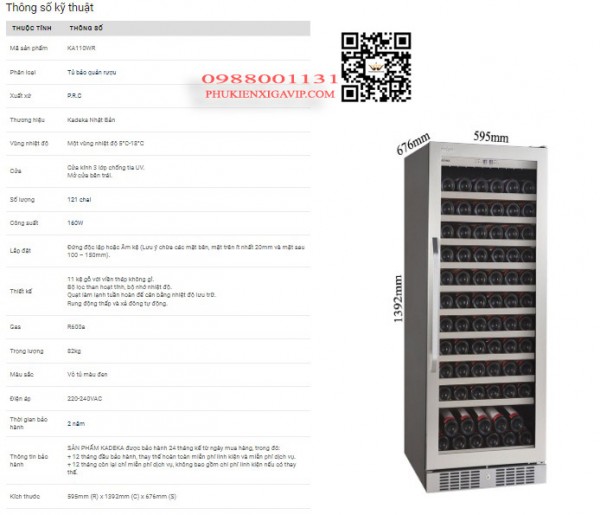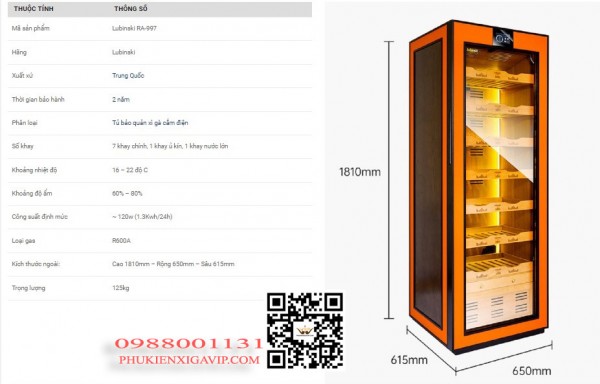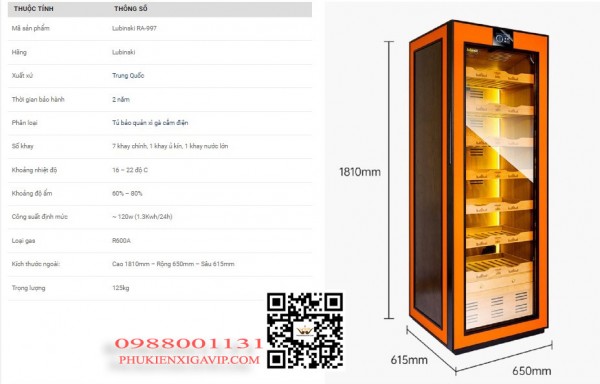- Đăng Ký
- Đăng Nhập
- Mở Shop
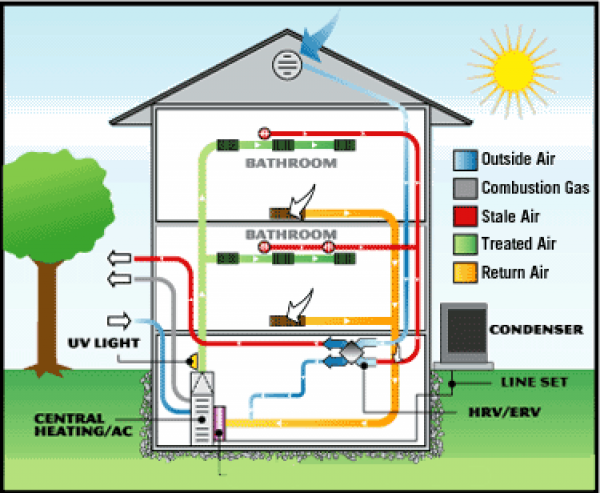
Do we really need to be aware of HVAC components? The answer is yes. HVAC systems are designed not only to regulate the temperature conditions in an space (mostly indoors) however, they are also responsible for providing clean air to ensure peace of mind whenever needed.
Thus, it is very beneficial to learn the basics of the components of their systems, not just to appreciate the engineering expertise used in them and to recognize more easily what your system might require to perform in the way you want.
The HVAC system which heats and cools your home is known as HVAC. It is possible to count upon the HVAC system's furnace for keeping you cozy during the winter, and cool and comfortable during the summer.
Let's examine the eight essential elements of a home HVAC system that comprises the traditional furnace as well as split system air conditioner combination regardless of whether some homes can be cooled and heated with boilers radiant floor heating heat pumps, mini ductless splits as well as window- mounted air conditioners.
Many Suppliers and Companies, as along with other distributors and manufacturers provide HVAC system components . Additionally, there are a variety of HVAC System components available for sale on Linquip.
Linquip can assist you to discover the best solution for your HVAC needs. We encourage you to take a look to gain details on HVAC equipment components.
Also Read: Aircraft Types and Categories
In the diagram in the following diagram, you will find important components that are relevant to the majority of HVAC systems. There are, naturally some differences among different HVAC systems, but the fundamental concept and the HVAC components are generally common for all models.
The diagram below shows the working process of an HVAC system that can be used for cooling and heating applications by changing the place where the heat is absorbed and to which direction it is sent to.
HVAC is the abbreviation for Heating Ventilation, Heating, and Air Conditioning. Hence the design of these systems is usually coupled with air ventilation and cleaning procedures which are integrated into these systems.
In the subsequent sections, we'll explore the main elements of HVAC systems.
The temperature sensor in thermostats tells you when the air conditioner or heater is required to be turned on or off. There are a number of different zones that are controlled by thermal energy, each of which will require a separate thermostat. The thermostat should be placed at least a few feet away from areas with a high temperature differences with the mean temperature of the space.
Also Read: Where Is the Alternator on a Car
The heat generator is the most important element in HVAC system components in terms of heating. What happens inside this device is production of heat, for example via the combustion of fuel inside an oven, or combustion chamber. Hot flue gasses will provide heat to the air, or another fluid like water which is later used to provide heat to the air in the air conditioning environment. Electric heat generation can also be utilized to heat the air conditioning.
While there may be many options in heat-generating equipment, the most popular types are furnaces so it is essential to take into consideration the efficiency of combustion to control resource consumption and pollution emission issues related to the use of these HVAC equipment components.
Efficiency of combustion is the full and correct reaction of the fuel with oxygen within the furnace, so that there is no waste of fuel. The effectiveness of the furnace can be further enhanced to allow for the best transport (minimal reduction) of heat generated to the medium of the next planned use whether it is conditioning air or another fluid , such as water. The main considerations in this regard will be the proper mixing of air and fuel in the furnace, well-designed ignition sticks or glow sticks to ensure optimal heat transfer and safety of operation.
The heat exchanger is one of the HVAC system components that take the heat generated by the unit that generates heat and transfer it to a different fluid. Certain control units will turn on the electric heating element or furnace whenever needed to regulate temperatures of the air that flows over the heating exchanger.
In many instances the heat is transmitted directly to cool air to create heat for the space being heated. In this instance, a device blows cold air via hot flue gas tubes or heating elements, which transfers the energy into the air through absorption of heat.
Since the majority of heat generators use fuel to generate energy Certain safety considerations should be considered. The reason is that combustion systems typically operate using an excess of air in order to reduce temperatures of combustion and thereby generate less NOx emissions. So, carbon monoxide will constitute one of the byproducts that result from this reaction. A security concern for heat exchangers would be the leakage of carbon dioxide into air that is passing via the gas flue tubes. CO is a colorless gas with any smell. It can cause headache, nausea or even death at extreme levels. Thus, detectors must be installed to track leaks.
Also Read: Where Is the Alternator on a Car
Chú ý: CongMuaBan.vn không bán hàng trực tiếp, quý khách mua hàng xin vui lòng liên lạc với người bán.

